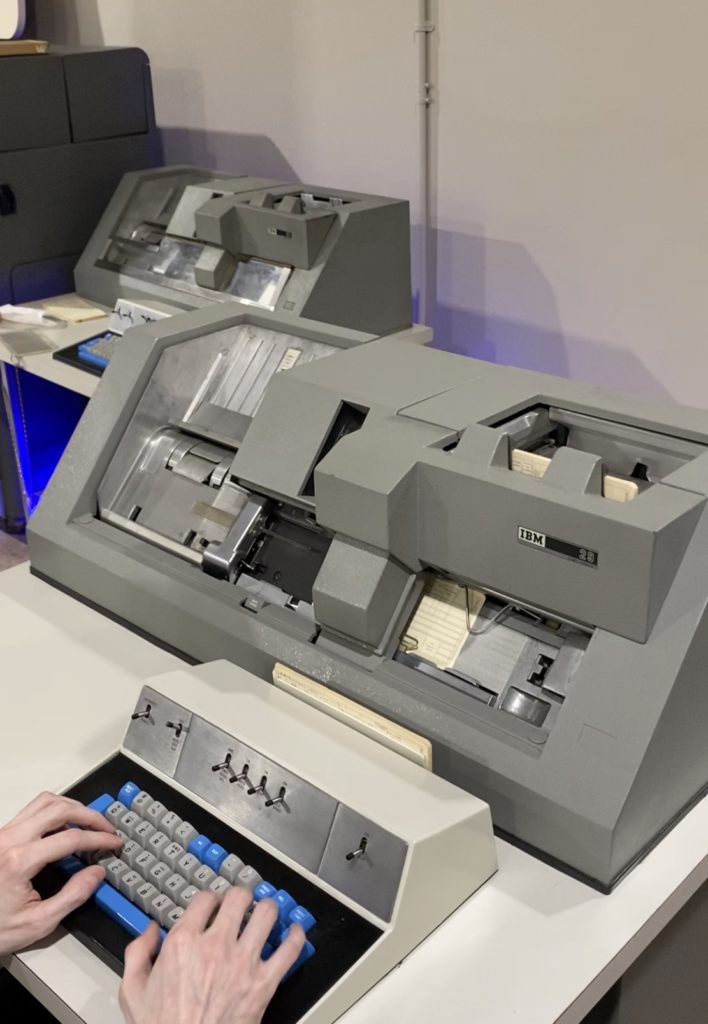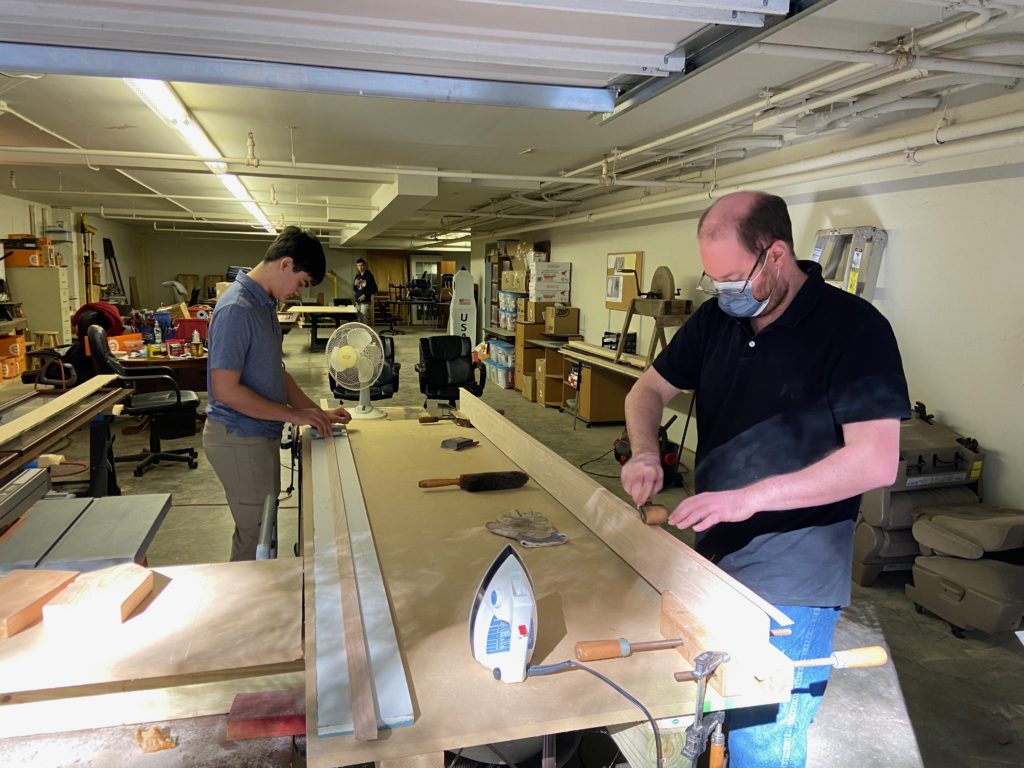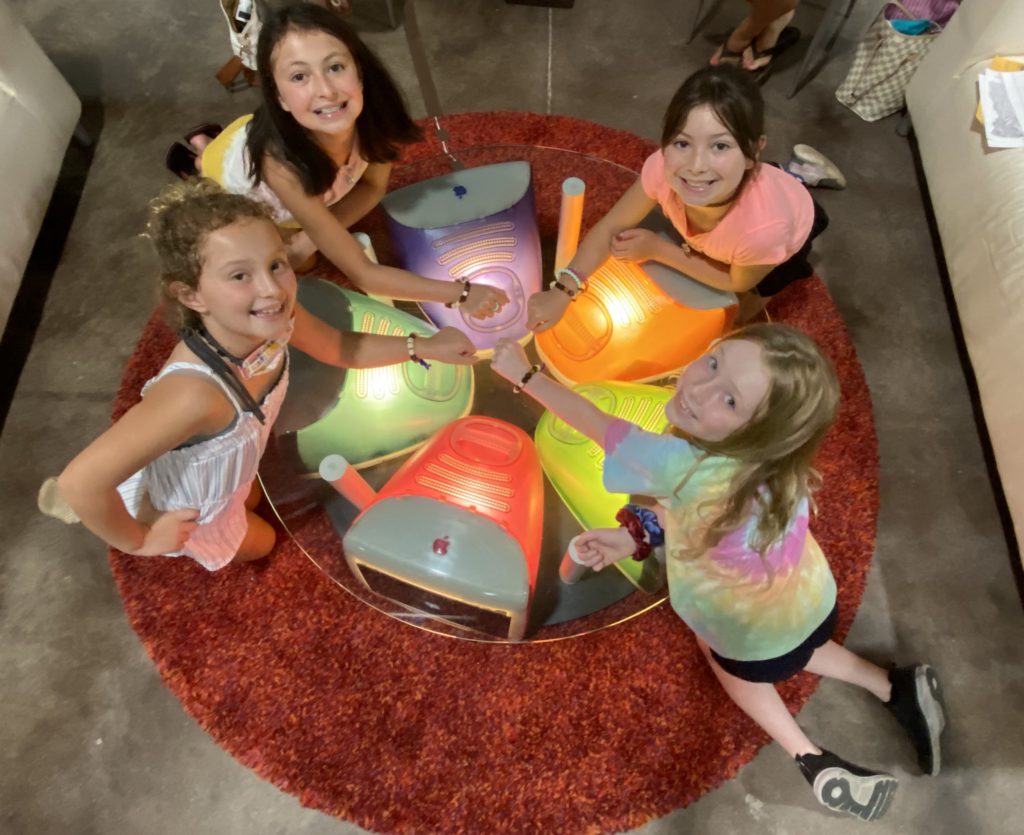
In 2021, over 80 million personal computer (PC) units were shipped in the last quarter alone. The PC market in the US is categorized into several types, from workstations and desktops, to mobile PCs such as laptops, notebooks, and tablets. No doubt, computers have become a necessity for most people nowadays.
However, computers weren’t always so accessible or even personal. Back in the days of the now obsolete paper punch cards, computers would literally fill the size of rooms, and were worth the price of a house. Today, we’ll explore what punch cards are, and why they were an important bit of computer history:
What are punch cards?
When we speak of data today, we think of something intangible, living in the depths of our gadgets, or in the Cloud. Even when considering data in’s and 0uts, it’s not something we can see and touch in its truest form — because we no longer have to manually process them, thanks to modern computers. In the early days of computer technology, data was something humans could touch — and punch. In the form of color-coded paper punch cards, data was once a tangible part of computers.
In the 1890s, the US Census Bureau was able to drastically speed up its citizen-counting process by using punch cards. Humans punched holes of data into uniformly cut papers that were then read by specially designed machines meant to detect the holes in these punch cards to automatically input large amounts of data instead of relying on manual counting. These punch cards were the size of a US dollar bill at the time so that they could fit into US Treasury filing cabinets.
What was the role of punch cards in early computing tech?
We’ve talked about the different technological advancements that changed the world before, from robotic surgical tools to hands-free parking and voice-commands to control your devices. All of these are a result of automating a series of commands and functions, so that the computers and gadgets do them for us without needing manual input, which take extra time and effort. In a way, the punch cards used in early computers were an early attempt at automating data collection and storage.
To keep track of large amounts of data, something had to be done to help humans count and manage these huge volumes of information, without error and without taking long periods of time. Punch cards, while still needing human intervention at their “punching” stage, became an easy solution for humans.
What are other uses for punch cards?
Because the use of punch cards was essentially a way to gather, store, and track data, they were used in various ways outside of the Census until the technology demanded more efficiency — and less human “punching” — by the 1970s. In 1937, IBM punch card machines were used to track individualized payroll data to help the government manage benefits distribution. University students in the US were also introduced to punch cards for identification and registration purposes. Some states still use punch cards to tabulate votes, even though most have been replaced by high-tech solutions nowadays.
The impact of punch cards on modern computing
Without punch cards, a lot of the things that we have and enjoy now (due to automation) would not have been possible. Entire careers and academic fields wouldn’t even exist. Case in point, management information systems degrees and other similar opportunities are rapidly expanding, as technology continues to evolve. The job growth from 2019 to 2029 in the IT industry is projected to increase from 7% to a whopping 31%, especially as the demand for mobile application expertise looms larger. All of this job creation began with something as simple (yet innovative) as a paper punch card.
Punch cards symbolized a moment in computing history during which machines and humans were fairly equal parts of the computing process — unlike the modern computing processes we know and use today, where complex functions can be executed with the press of a button, or the tap on a screen. Still, punch cards are part of computing’s rich history, and its impact on the world shouldn’t be forgotten.
About the Author
Lilly Perry is a freelance writer and blogger, who is interested in covering IT and digital advancements in the modern world. She is particularly passionate about the future of tech, as well as its impact on work and education. When not busy reading up on the latest devices, Lilly spends her free time experimenting with baking recipes from YouTube.






